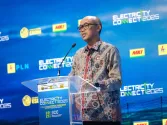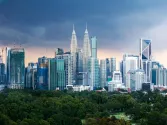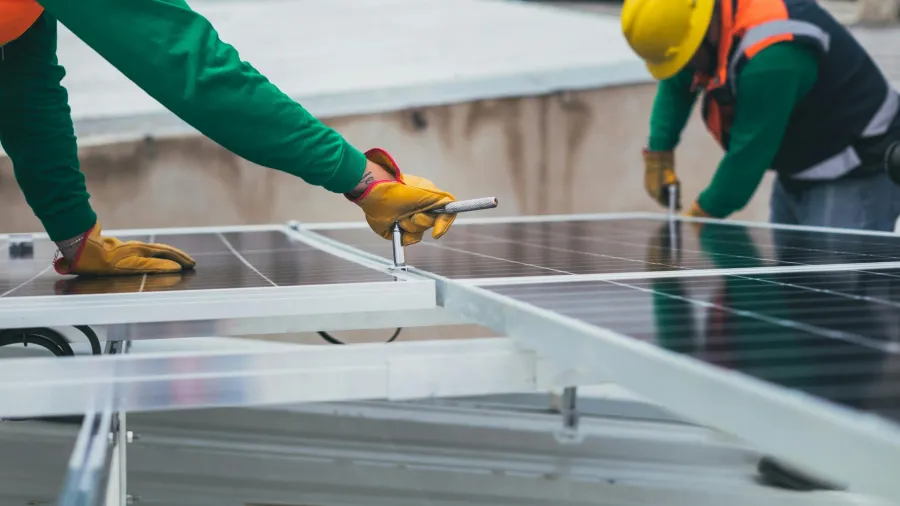
Double-sided panels could lift Hong Kong’s solar output
Highly reflective, self-cooling paints could further raise energy yields by 30%.
Hong Kong could increase its solar power output by as much as 80% by adopting dual-sided panels—helping the city unlock more of its 8,000-megawatt solar potential, according to an energy expert.
“The gain is around 10% to 80% depending on the installation,” Vivien Lu, a professor at Hong Kong Polytechnic University’s Department of Building Environment and Energy Engineering, told Asian Power.
Pairing bifacial modules with technologies such as highly reflective, self-cooling paints could further raise energy yields by at least 30%, she said via Zoom.
Bifacial panels generate power from both the front and back sides. They are already being used in Hong Kong but their application remains limited.
One such initiative is a joint project by City University of Hong Kong and CLPe Solutions Ltd. to deploy these panels across the university campus.
Solar power capacity in Hong Kong has been flat at 0.33 gigawatts (GW) from 2023 to 2024, according to Our World in Data. In contrast, oil remained the dominant energy source, powering 180.94 terawatt-hours (TWh) of the city's electricity last year.
Total energy consumption for the year stood at 272.87 TWh, with renewable sources accounting for only 1.36 TWh.
Hong Kong’s Climate Action Plan 2050 aims to raise the share of renewable energy in the power mix to 7.5%–10% by 2035, from 0.9% in 2022.
Solar power is expected to contribute about 1% to 2% of electricity demand by that year. But with full deployment, solar energy could provide up to 20% of the city’s electricity needs, Lu said.
Beyond bifacial panels, other solar technologies like rooftop and floating solar systems can help close the gap. Lu noted that 29 reservoirs across Hong Kong covering 13.37 square kilometres could support floating solar installations that can produce 689 gigawatt-hours of electricity.
To accelerate adoption, Lu urged stronger policy support. “We can include this in the building energy code for new buildings and even the retrofits for infrastructure projects,” she said. She also said brownfield sites and car parks could be developed into solar parks.
With improved technology and stronger government backing, Hong Kong could significantly scale up its solar energy production and reduce reliance on fossil fuels.

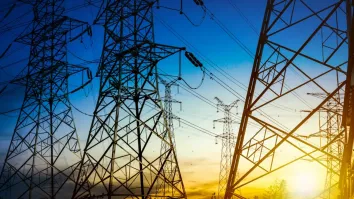

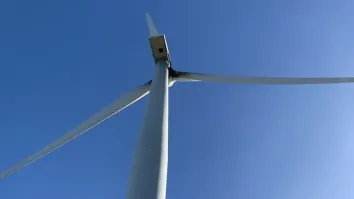
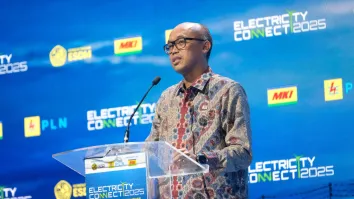
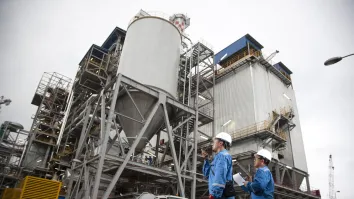






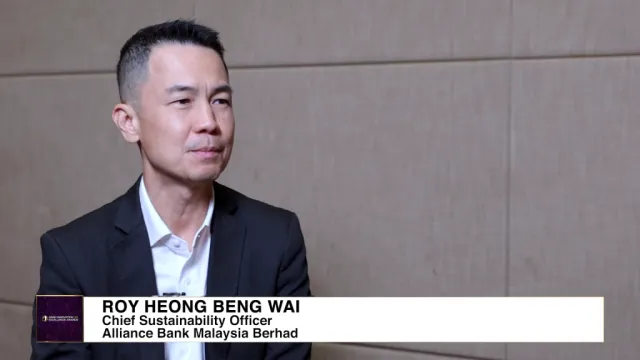




 Advertise
Advertise



